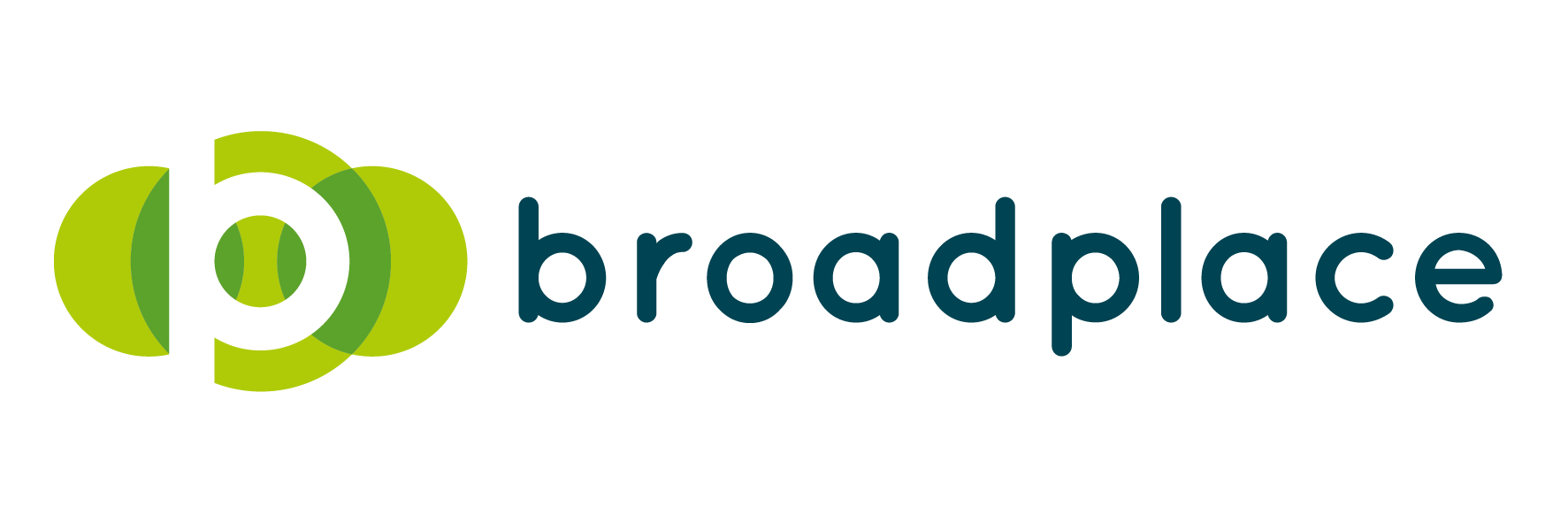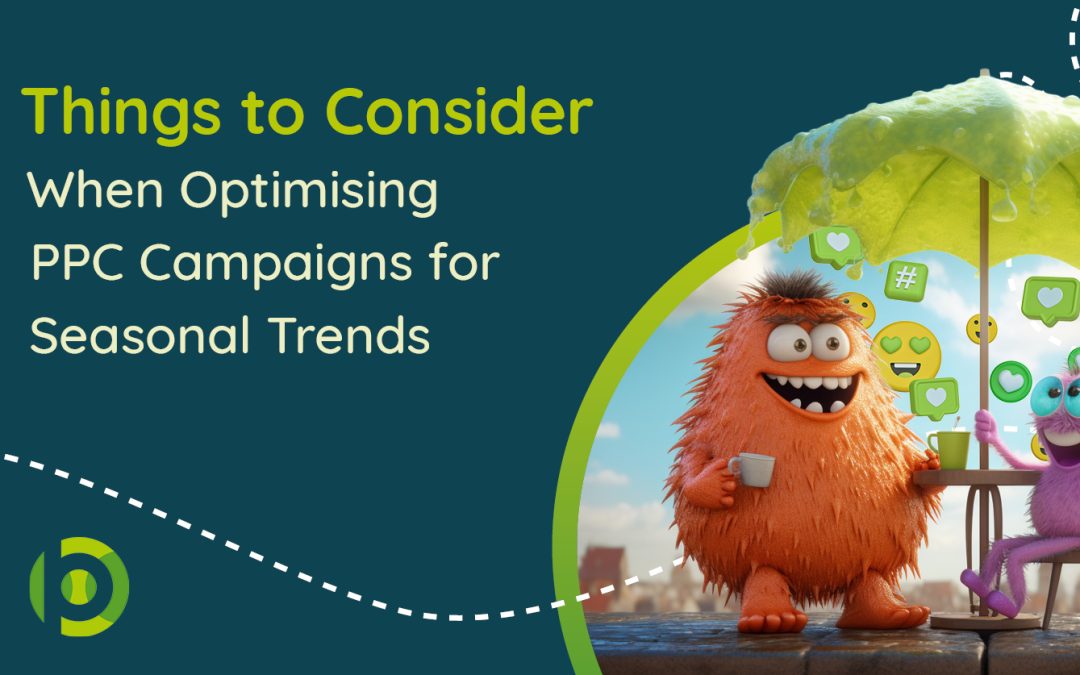Understanding and adjusting for seasonality is the difference between a successful PPC campaign and it failing. Think about it. Say you’re someone like a swimwear brand. You’re going to see really low levels of interest in your product between Oct to December. Then as January comes, you start to see it pick up, then suddenly the weather starts to get better, and the summer holidays come around, and before you know it, you’re in your peak period.
The problem is that if you aren’t adjusting your bid strategy for these periods, you are potentially limiting the success of your campaign and wasting money when people really aren’t in-market for your product.
In this blog post, we’re going to highlight the most important things to consider when adjusting your PPC campaigns for seasonality so that you make the most of those peaks and maximise ROI when demand is low.
Benefits of seasonality adjustments
Adjusting your paid advertising for seasonality offers a number of benefits for a successful PPC campaign. Here are some examples:
Maximising Relevance:
By aligning your advertising with seasonal trends, you can make your PPC campaigns more relevant to the current needs and interests of your target audience. This relevance can lead to higher click-through rates (CTRs), a noticeable boost in conversions and better overall campaign performance.
Capitalising on Peak Demand:
Many industries experience fluctuations in demand throughout the year, with certain seasons or holidays generating higher sales volumes. By adjusting your ads for seasonality, you can effectively target these periods of peak demand, maximising your chances of capturing potential customers during high-conversion periods.
Cost Efficiency:
During seasonal peaks, competition within your industry may increase, leading to higher advertising costs, such as cost per click (CPC). By adjusting your ads to focus on the most relevant seasons, you can optimise your budget by targeting the periods with the highest potential return on ad spend (ROAS).
Tailored Ad Messaging:
Seasonal adjustments provide an opportunity to tailor your ad messaging to reflect the unique characteristics of each season or holiday. This customisation allows you to create more compelling and persuasive ads that resonate with your target audience, potentially leading to higher engagement and conversion rates in your PPC campaigns.
Enhanced Campaign Insights:
By monitoring the performance of your seasonal ad campaigns, you gain valuable insights into how different seasons impact your business. This data can inform future marketing strategies, allowing you to refine your approach and allocate resources more effectively in subsequent seasons.
Meeting Customer Expectations:
Many consumers have specific expectations during different seasons or holidays. By aligning your ads with these expectations, you can create a sense of relevance and familiarity, establishing a stronger connection with your audience and potentially increasing brand loyalty.
Competitive Advantage:
By leveraging seasonality in PPC advertising, businesses can gain an edge over their competitors. Many advertisers fail to recognise the impact of timely trends, leaving opportunities for those who actively incorporate them into their strategies. By anticipating seasonal shifts and adjusting your PPC campaigns accordingly, you can stand out from the competition and capture a larger share of the market during peak periods.
How to adjust your PPC campaigns for seasonal advertising?
To adjust your PPC campaigns for seasonality, you will need to consider the following steps:
Identify Seasonal Patterns:
Research and analyse historical campaign data to identify seasonal trends specific to your industry or business. Determine the periods of peak demand, when consumer behaviour and purchasing patterns change significantly.
Here are few common seasonal trends to keep an eye out for:
- Q4 is massive for retail (often 300-400% more revenue generated compared to the other quarters)
- Big sale events during the festive period like Black Friday, Cyber Monday and Boxing day see a massive uptick in demand for deals.
- Special occasions like Valentine’s Day, Mother’s Day and Father’s can drive a short period of increased demand
- Buying behaviour can change with the seasons of the year. Keep an eye out how things like the weather changing, clocks going back and forward impact the traffic and sales of products.
- School holidays/Back to school will have a huge impact on product categories related to children.
- Huge events with cultural significance will have a huge impact on your PPC strategy. So keep an eye out for big events that happen yearly (Festivals, Wimbledon, FA Cup etc) as well as those that happen periodically (Olympics, World Cup, Ashes etc)
Review Performance Data:
Once you’ve identified events that could drive a change in demand, you need to evaluate the performance of your campaigns.
If you’ve got previous seasonal campaigns set up, then dive into them and examine metrics such as click-through rates (CTRs), conversion, ROAS during that period. While your analysing these campaigns you need to be asking yourself:
- Did we make the most of this? Was there a chance to get more out of the campaign if we had more budget during the period?
- Did the campaign run away with itself? Did we see a lower ROAS during this period?
If you don’t have seasonal campaigns, then it’s a case of reviewing the overall account during that period and asking yourself:
- Which product types/services saw an uplift during this period?
- Were we restricted by ROAS or budget during it?
- Did we overspend during this period?
Update Ad Messaging and Creatives:
A quick and easy improvement you can make to your seasonal strategy is to tailor your ad messaging, visuals and creatives to match the seasonal event. So for example, if you are running ads over Christmas, you can update the titles to include “Christmas {product type}” and adjust the description as well.
Adjust Targeting and Bidding Strategies:
Once you’ve identified the seasonal trends, you should be looking at how you adjust your targeting and bidding strategies. Depending on what you see from reviewing the performance data you should be looking at:
- Which regions do you need to upweight
- Demographics that you need to be more aggressive whether
- Whether ROAS needs to be increased or decreased
- Whether budget needs to change
To make sure that you’ve got control over who you are serving your ads to and that you’re finding that sweet spot between visibility and revenue.
Utilise Ad Scheduling:
Timing is everything when it comes to seasonality. And the easiest way to nail it is by leveraging ad scheduling to focus your ad delivery during peak times and reduce it during off-peak periods.
Monitor and Optimise:
After you’ve got all the basics optimisations in place, it’s about monitoring and refining your seasonal strategy. Make sure that you are tracking key metrics like:
- Sales, Revenue, ROAS and/or CPA (for e-commerce clients)
- Leads, CPL (for service clients)
- Cost per click, conversion rate (for all clients)
So that you can make adjustments in real time. Then where there are any key learnings, apply them to next year’s strategy.
Useful tools for seasonal insights
After all that, you are probably wondering where to get started with identifying and analysing seasonal trends. Below, we’ve listed some of the best tools to use to help spot seasonality and understand how it impacts your performance.
Google Ads (GAds): GAds gives you data on impression, clicks and conversions. You can break this down by campaign types and date ranges to get to the heart of how they perform during a specific period.
Google Trends: Google Trends is a valuable tool for researching seasonality trends. By entering relevant keywords related to your PPC campaigns, you can see the search volume trends over time. This can give you insights into seasonal fluctuations in user interest and behaviour.
Google Analytics: Google Analytics provides comprehensive website data, including information about visitor behaviour, conversions, and traffic sources. By analysing historical data and using date range comparisons, you can identify patterns and understand how seasonal factors impact your PPC campaigns.
Bing Ads: If you are running PPC campaigns on the Bing search engine, Bing Ads offers similar tools and features to Google Ads. You can analyse performance data, segment by date range, and gain insights into seasonal trends specific to Bing users.
Social media platforms: If you are running PPC campaigns on social media platforms like Facebook Ads or Twitter Ads, their advertising interfaces provide performance data and insights that you can use to analyse campaign data based on seasonal trends.
Competitive intelligence tools: Tools like SEMrush, SpyFu, and AdSpy allow you to analyse your competitors’ PPC campaigns. By studying their historical ad performance data, you can gain insights into their seasonal strategies and adjust your own campaigns accordingly.
Remember that data from these tools is most effective when combined with your own industry knowledge and expertise. It’s essential to analyse only the trends and patterns for your specific market and tailor your PPC campaigns accordingly.
Summary
Seasonality adjustments in paid advertising are crucial for optimising campaigns and maximising ROI. By understanding seasonal trends, businesses can strategically allocate budgets, tailor messaging, and capture consumer attention during peak demand periods. These adjustments help businesses avoid wasting resources and budget on ineffective strategies and instead allows them to create efficient campaigns that drive conversions and achieve overall better performance.
Struggling with your seasonality strategy? Don’t let it hold you back! Broadplace is skilled in crafting effective strategies to drive success for seasonal campaigns.
Maximise your growth and revenue today! Contact us to find out more.

